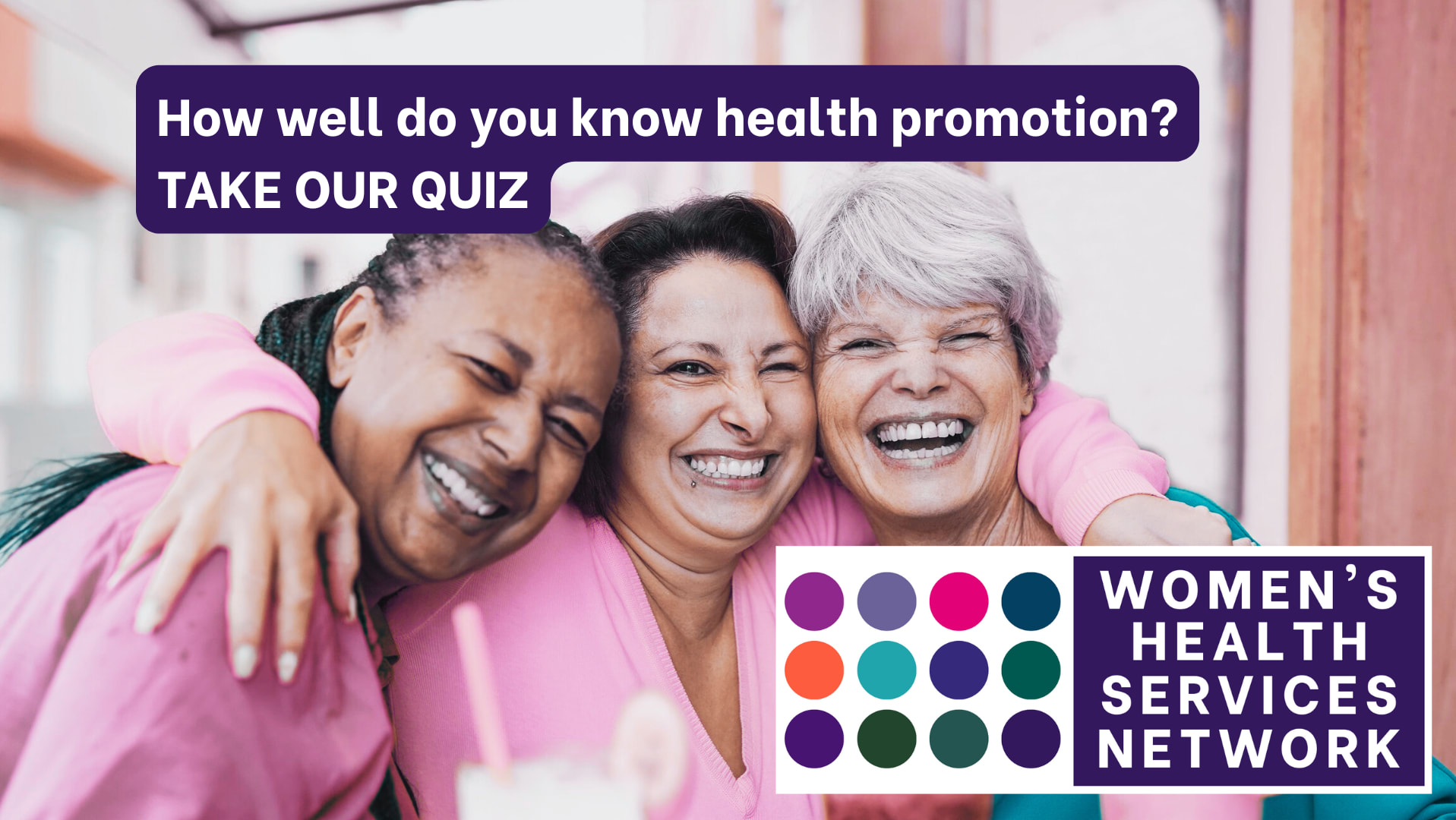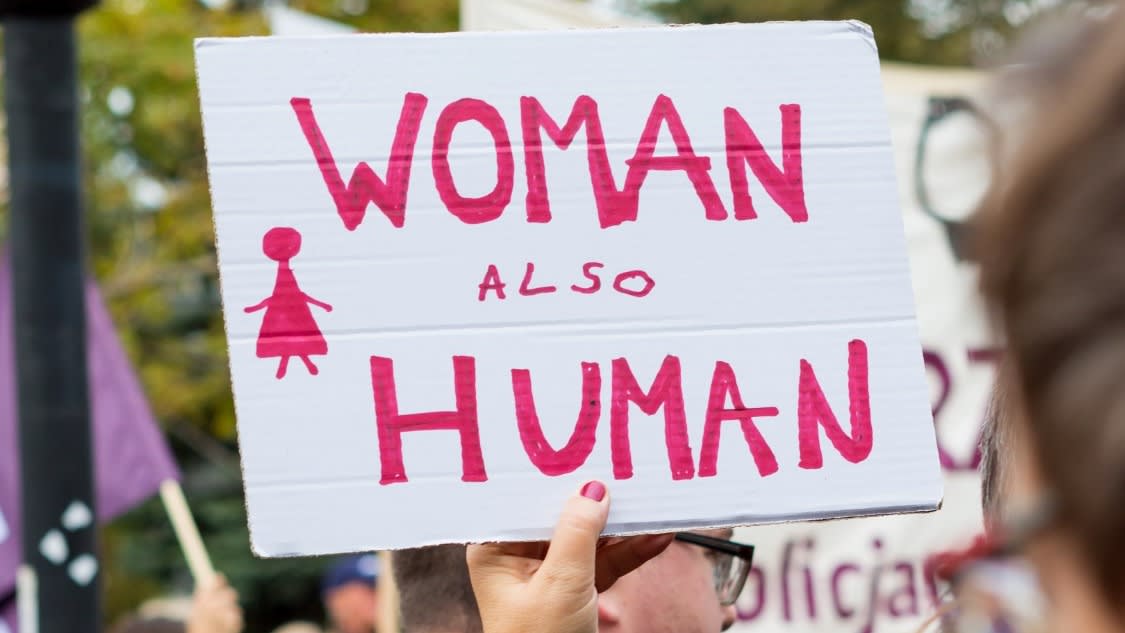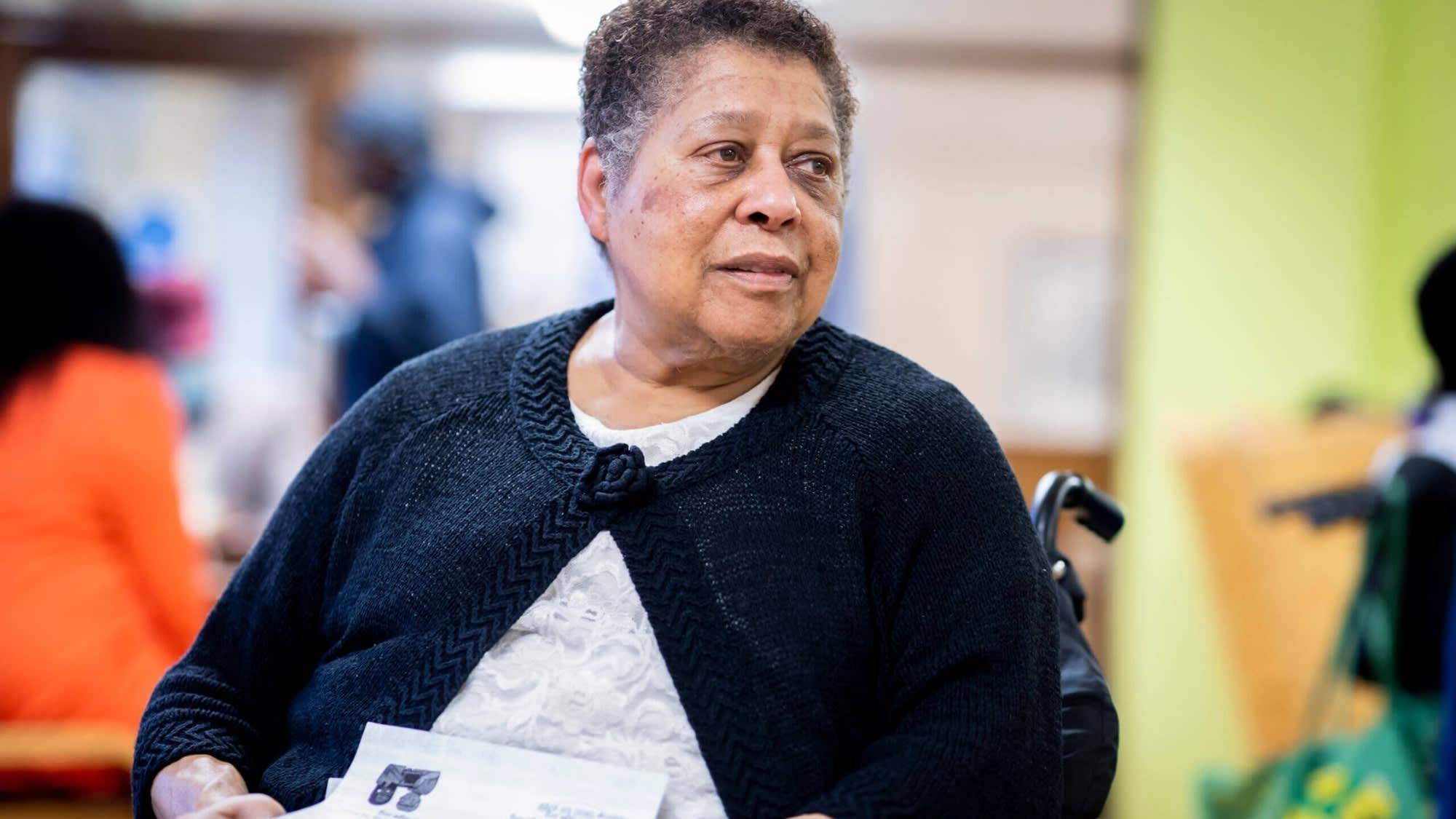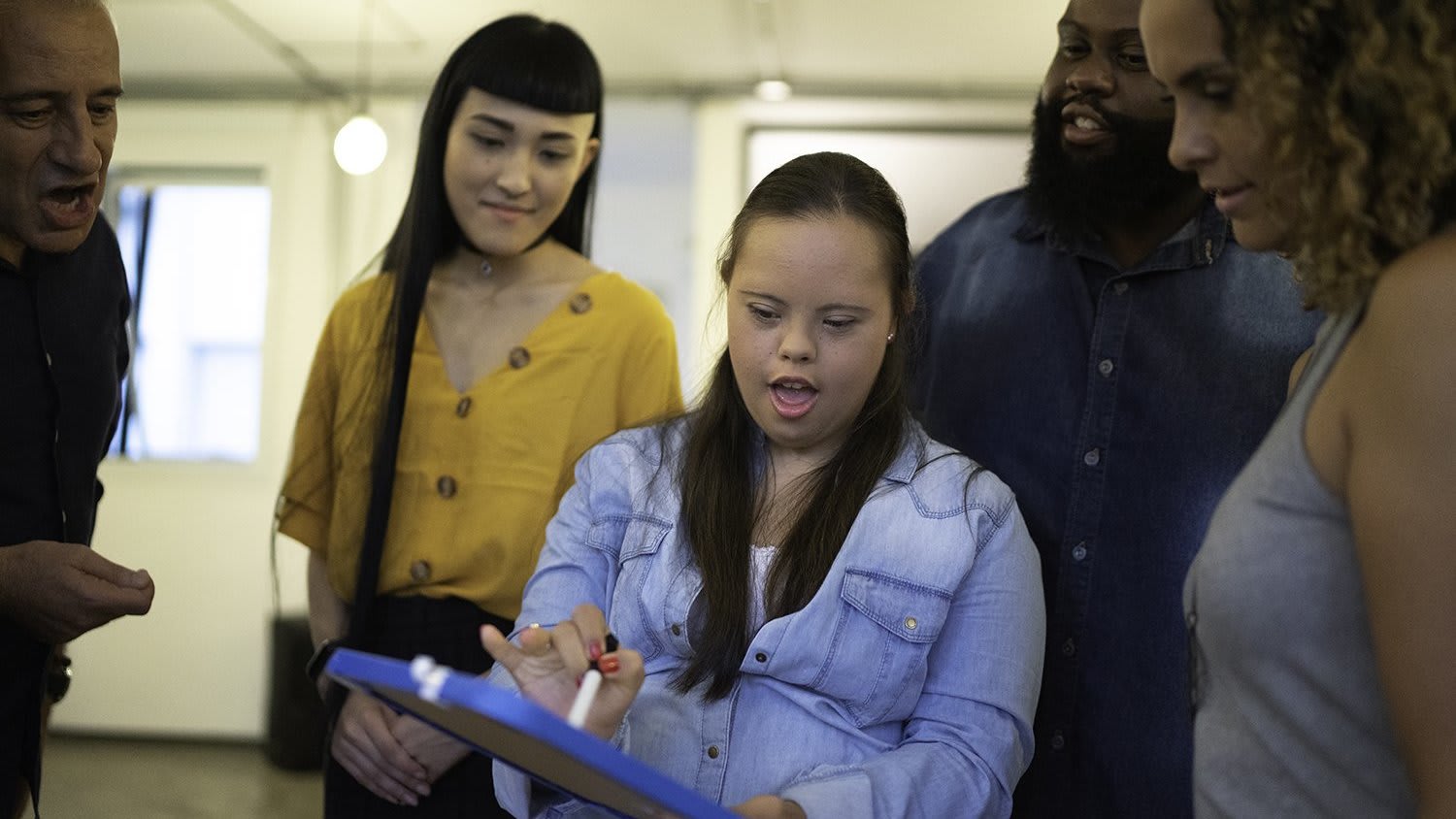How well do you know health promotion?
Take our quiz to test your knowledge of what health promotion looks like in action.
Women’s health services are a key part of Victoria's public health ecosystem. We deliver health promotion initiatives to create better health outcomes for women and gender-diverse people.
The aim of health promotion is to support people to stay well, and ensure that if they do need to access healthcare services, they receive the care they need to return to health. This means building a more effective and equitable health system.
There are five areas of action that help achieve this change – these are described in the World Health Organization’s Ottawa Charter for Health Promotion. Take our quiz to see if you can identify examples of these actions in the real world.

Creating better public policies
Action 1 focuses on creating better public policies that promote good health. Which of the following is an example of how women's health services influence public policy?

Conducting health research with communities and producing recommendations for government and others.
Women’s health services work with policymakers to ensure laws and policies support gender equality and better health for all. We highlight laws and policies that negatively impact women and gender diverse people, and suggest alternatives or amendments that lead to safer, healthier and more respectful communities for everyone.
Women’s Health Loddon Mallee’s Women Rising project centres the voices of women and gender diverse people in rural in communities affected by disaster and climate change to identify opportunities to improve disaster planning, response and recovery policy. Find out more about how this innovative project is helping reduce the impacts of disaster for women and gender diverse people.
Supporting people to make informed health choices
Action 2 focuses on giving people the information and supports they need to make positive, informed choices about their health and wellbeing. What is one of the ways women’s health services do this?

Developing and delivering tailored health education that meets the needs of its specific audience.
We design and deliver health education on a huge range of topics that meet the language, cultural and accessibility requirements of Victoria’s diverse population. We know that health information needs can differ based on who you are, where you live and what your previous experience has been with the health system.
Multicultural Centre for Women’s Health’s Let's Talk Mental Health provides tailored in-language health information to support better mental health and wellbeing for migrant and refugee communities in Victoria. Learn more about how tailored health education can help more Victorians take control of their health.
Supporting communities to have more control over their health
Action 3 supports communities to have more ownership and control over their health and health services. How do women’s health services support greater community ownership in health?

All of the above.
We work with communities to elevate their voices and concerns, and to identify what it would take for real improvements in the health system. We also help the health system to engage with community in ways that are safe, respectful and meaningful.
The Margins to the Mainstream project delivered by Women’s Health East and Women with Disabilities Victoria provides guidance to health practitioners on best practice ways to elevate the voices of women with disabilities in their work. Find out more about how the project has helped more organisations centre the voices of women with disabilities in their work.
Creating health-supporting environments
Action 4 works to make all the environments where we live, work, learn and play better supportive of our health, safety and equality. Which of the following examples shows how health promotion expertise can create safer, more equitable spaces for women and gender diverse people?

Providing evidence-based recommendations on what is needed to create more equitable workplaces.
We provide evidence, resources and support to create more equitable workplaces for all Victorians no matter their gender. This includes working with individual workplaces as well as advocating for better state and federal legislation and policies.
GenWest’s Working Dads: Towards Equal Caregiving Project explores what is needed to create workplaces that support work/life balance for care-givers, regardless of their gender. Learn more about how the project has developed evidence-based recommendations to create real change.
Improving access to health services
Action 5 focuses on improving health service provision, reach and accessibility. What is one of the ways women’s health services are improving access to healthcare for Victorians?

Capturing local community experience to understand service gaps, barriers and possible solutions.
We work with our communities and partners to understand and address barriers to healthcare across the state. Our goal is that all Victorians can access the healthcare they need, when and where they need it.
Women’s Health Grampians Tell Your Story project draws on community experience to identify what is needed to improve sexual and reproductive healthcare in the Grampians region. Read more about how the project is working to address barriers and gaps in local services.
{number correct}/{number of questions} correct answers
Thank you for taking our quiz!
You can find out more about the Women's Health Services Network and our health promotion work at www.whsn.org.au or download the Small Change, Big Impact report